
A Cantonese food revival in UK sparked by new Hong Kong migrants: think authentic noodle and rice dishes, pineapple buns and more
- In London, Cantonese restaurants had been on the decline in Chinatown, but surging migration from Hong Kong to Britain has seen a wave of new ones open
- Across the UK, a wealth of Cantonese restaurants, cafes and food shops cater to those after a taste of home, or who simply want to try authentic Hong Kong food
The recent wave of Hong Kong migration to Britain has sparked renewed interest in Cantonese food across the country, with quintessentially Hong Kong tastes such as milk tea, bubble tea and char siu fan now readily available.
Over the past few years, restaurants, cafes, shops and online businesses providing a taste of home to Hong Kong immigrants – some 144,500 of whom have moved here since 2021 – have mushroomed in London and across Britain, notably in the Midlands.
For Lee Lap-fai, consultant chef at Siu Siu, a Cantonese kitchen that has just opened in London’s impressively redeveloped Battersea Power Station, the surging availability of Hong Kong dishes is welcome.
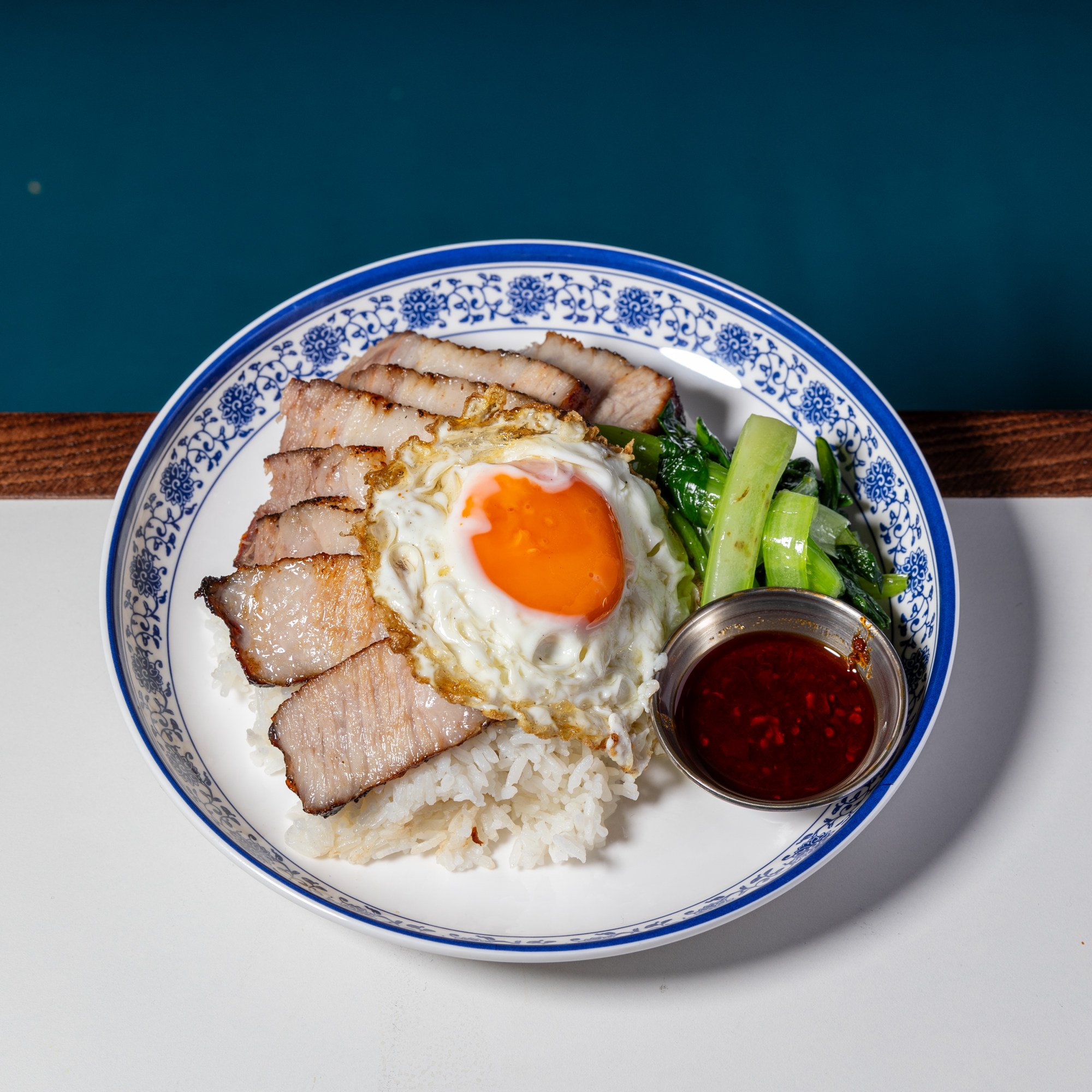
“The first wave of Chinese food in the UK was Cantonese but that altered to suit local tastes. The new wave of Cantonese food is more representative of what you would find in Hong Kong.”
It’s a love letter to Hong Kong: diner food and tea served in a London cafe
Iberico pork belly is marinated and glazed with different fermented bean pastes balanced with honey and maltose, a recipe Lee has evolved over years, and which gives a complex savoury and sweet flavour. The pork is flame-grilled just before it is sliced and served.
“I’ve had a lot of disappointing char siu in my life, dry and bland, just lightly seasoned pork pasted with red food colouring,” he says. “Our char siu is absolutely not that.”
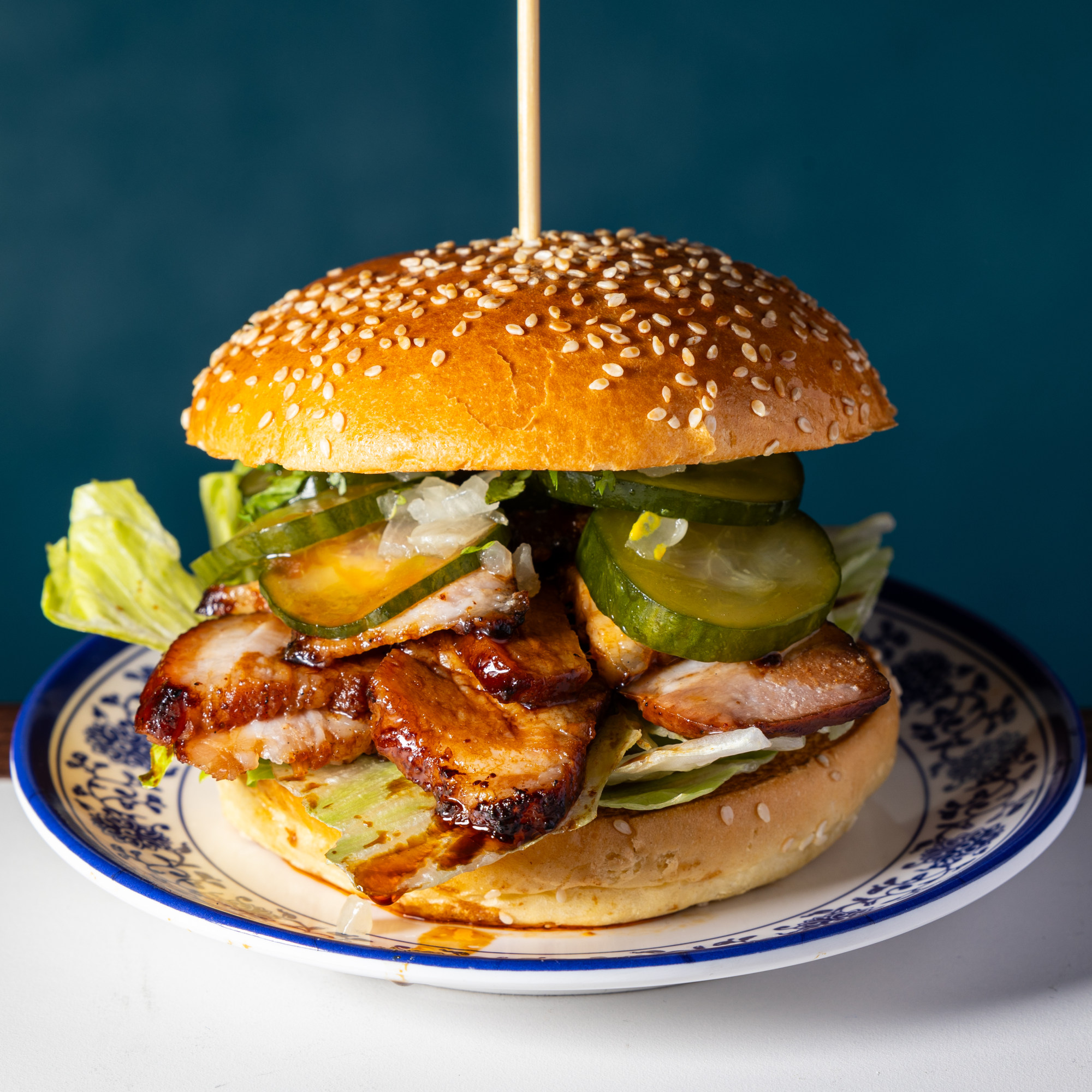
Siu Siu is located among a range of kitchens serving regional cuisines, such as Thai, Nepalese and Taiwanese, at the Arcade Battersea food hall, which Arcade chief operating officer Cokey Sulkin describes as a place “for culinary discovery”.
“You can travel the world via the menus,” Sulkin says.
Siu Siu’s menu, which includes other classic Cantonese dishes such as typhoon shelter squid and prawn toast, gives a fitting nod to the site’s Hong Kong connection as well as the nostalgic atmosphere engendered by the redevelopment, which retains elements of the 1930s and 50s decor of the two giant turbine halls of the power station.
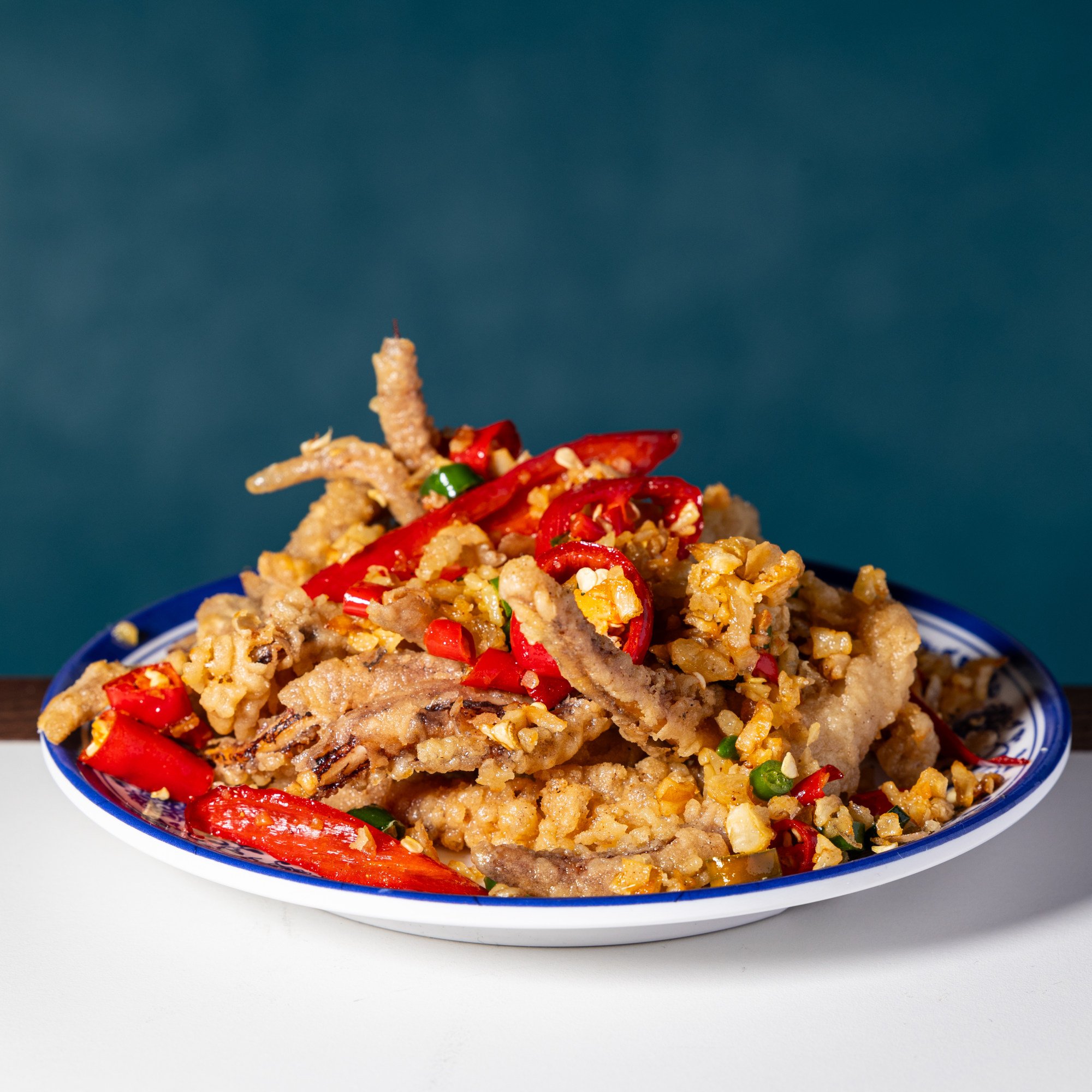
While Siu Siu has the backing of a big restaurant group (London-based JKS Restaurants), small independent businesses are also blossoming.
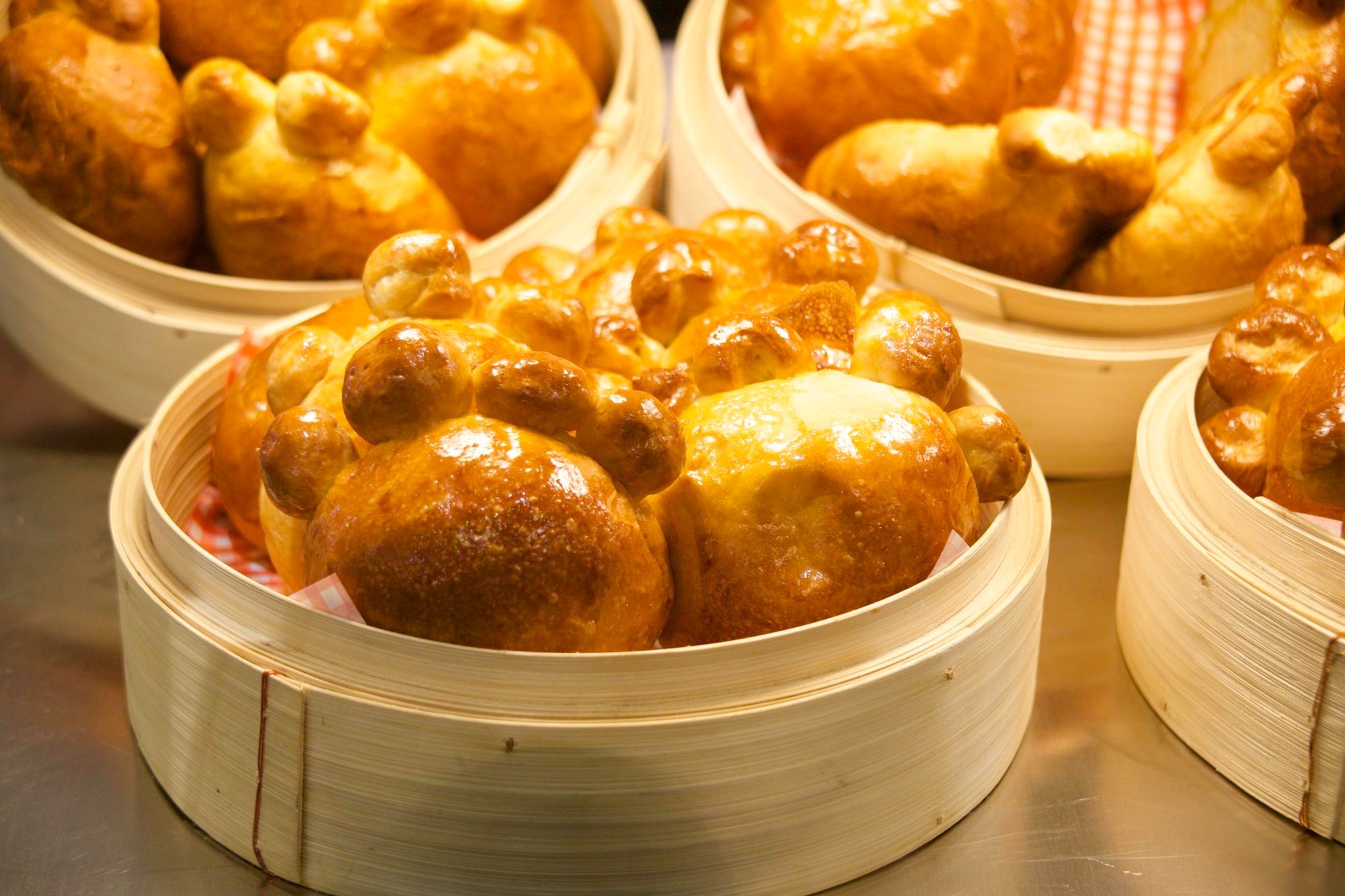
The uptake at their shop in Seven Dials Market, in Covent Garden, has been so healthy that Ong Ong has expanded into a bigger kitchen in Bermondsey, south London.
Asian baked goods are not easy to find in Britain – “the profit margin is so small that only a few economically inept, foolish people like me are willing to take a punt at it”, says Mo – but that scarcity may be one reason behind Ong Ong’s success.

London’s open-minded diners may be another. Mo reckons that Americans, and non-Asians with an Asian partner, constitute most of their customers, while Asian customers spend the most, picking up treats for their family, friends and colleagues’ gatherings.
“If UK customers see a long queue, they’ll join in and – huzzah! – they roll with it and buy whatever’s on offer. And then Google what they’ve eaten,” he says.
That many of Ong Ong’s customers are not familiar with classic flavours means that there is less pressure to be traditional. “We have regular customers in our Covent Garden shop who frequently buy the special regardless of the filling, whether it’s Caribbean-, American-, British- or Scandinavian-inspired,” says Mo.
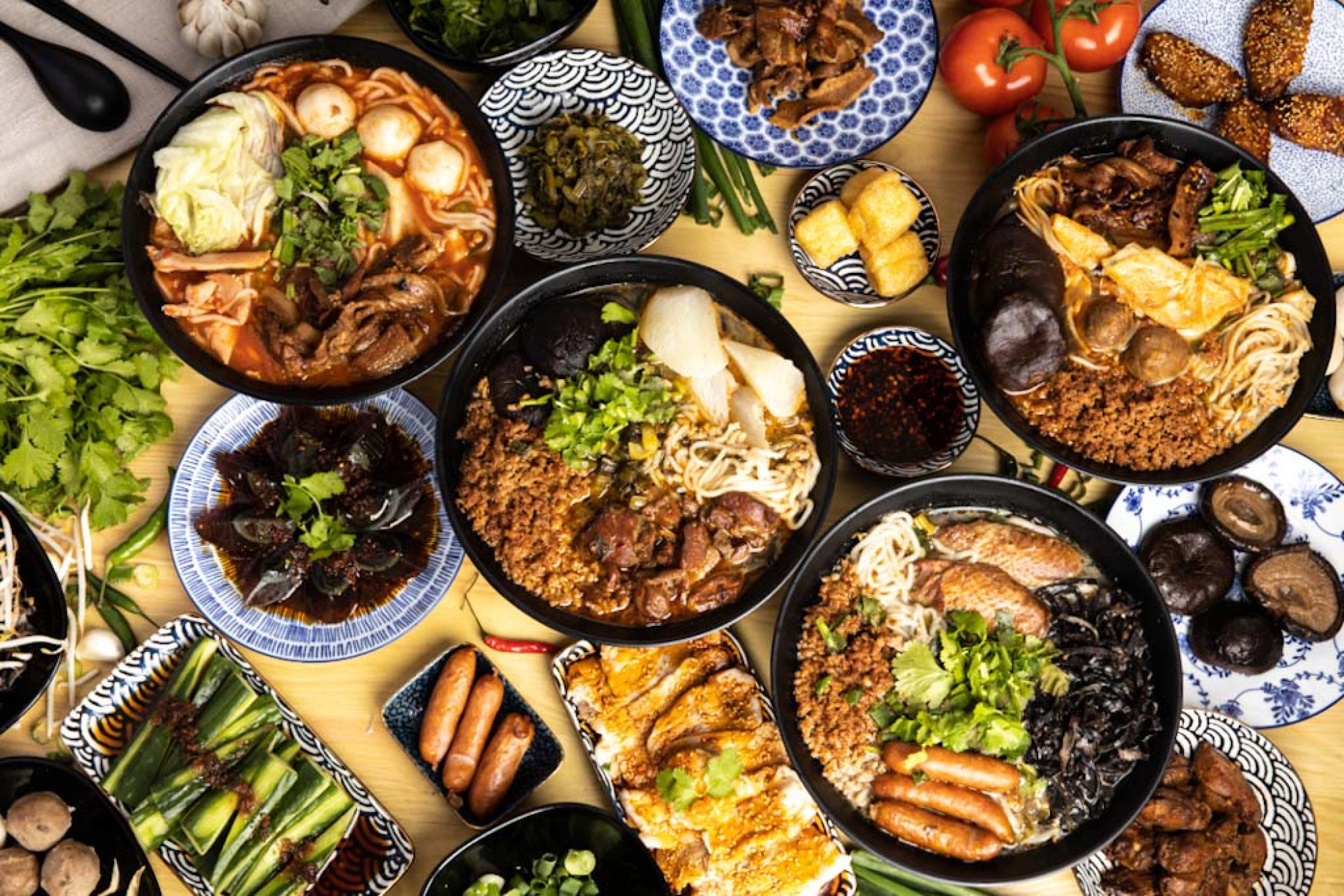
Edmond Leung Ngai-chung and Kenji Yip Chi-shing, co-owners of East London’s new Yun Gui Chuan Rice Noodle, an outpost of the decade-old Hong Kong chain, also had to experiment with catering to local tastes – but the results were not what they were expecting.
“When we launched our restaurant, we lowered the spice level to what we thought would be local customers’ taste,” says Leung. “To our surprise, feedback from both local and Hong Kong customers called for spicier options. So we fine-tuned and adjusted the five levels of spiciness we offer.”
Leung relocated to London with his family two years ago. He was unable to find rice noodles like those he enjoyed back home so he decided to set up a restaurant.
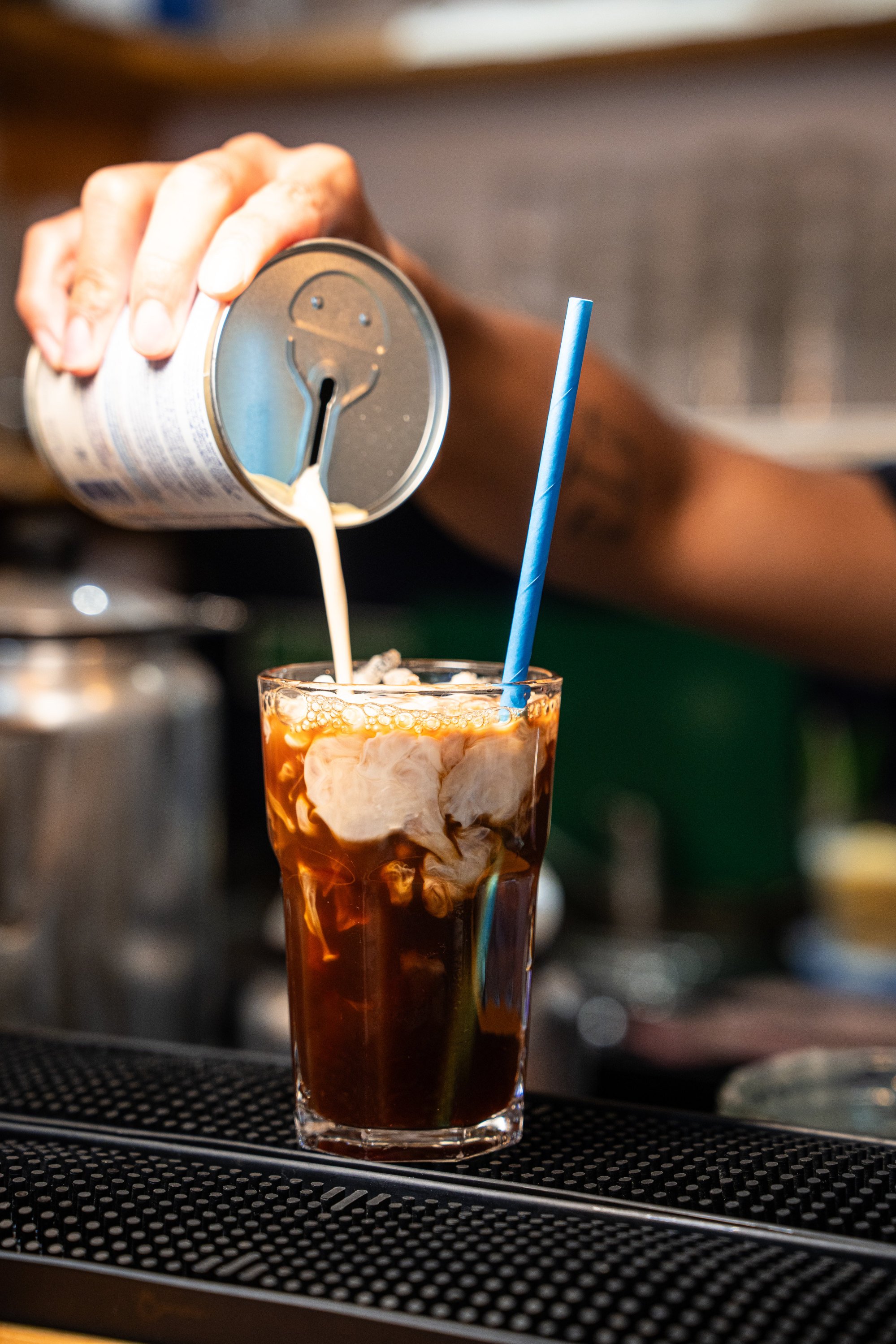
Leung found that, even if they followed the Hong Kong Yun Gui Chuan recipe to the letter, it did not turn out quite the same. This was especially noticeable in their sour and spicy soups, which rely on home-made pickled mustard sauce rather than the typical vinegar for sourness.
“From sourcing ingredients to food preparation and cooking, we had to make adjustments,” says Leung. “The marination for our pickle mustard, for example, takes much longer due to London’s much cooler and drier weather.”

Almost immediately after opening, demand far exceeded anticipation, resulting in two-hour wait times in the first month. Leung quickly increased staff capacity, established a reliable supply chain and implemented a QR code system, making the dining experience much more efficient.
A few months on from the April opening, Leung says his customer base is around 80 per cent Hongkongers, 10 per cent from other Asian backgrounds, with the remaining 10 per cent being local residents. More Londoners are visiting every day, however.
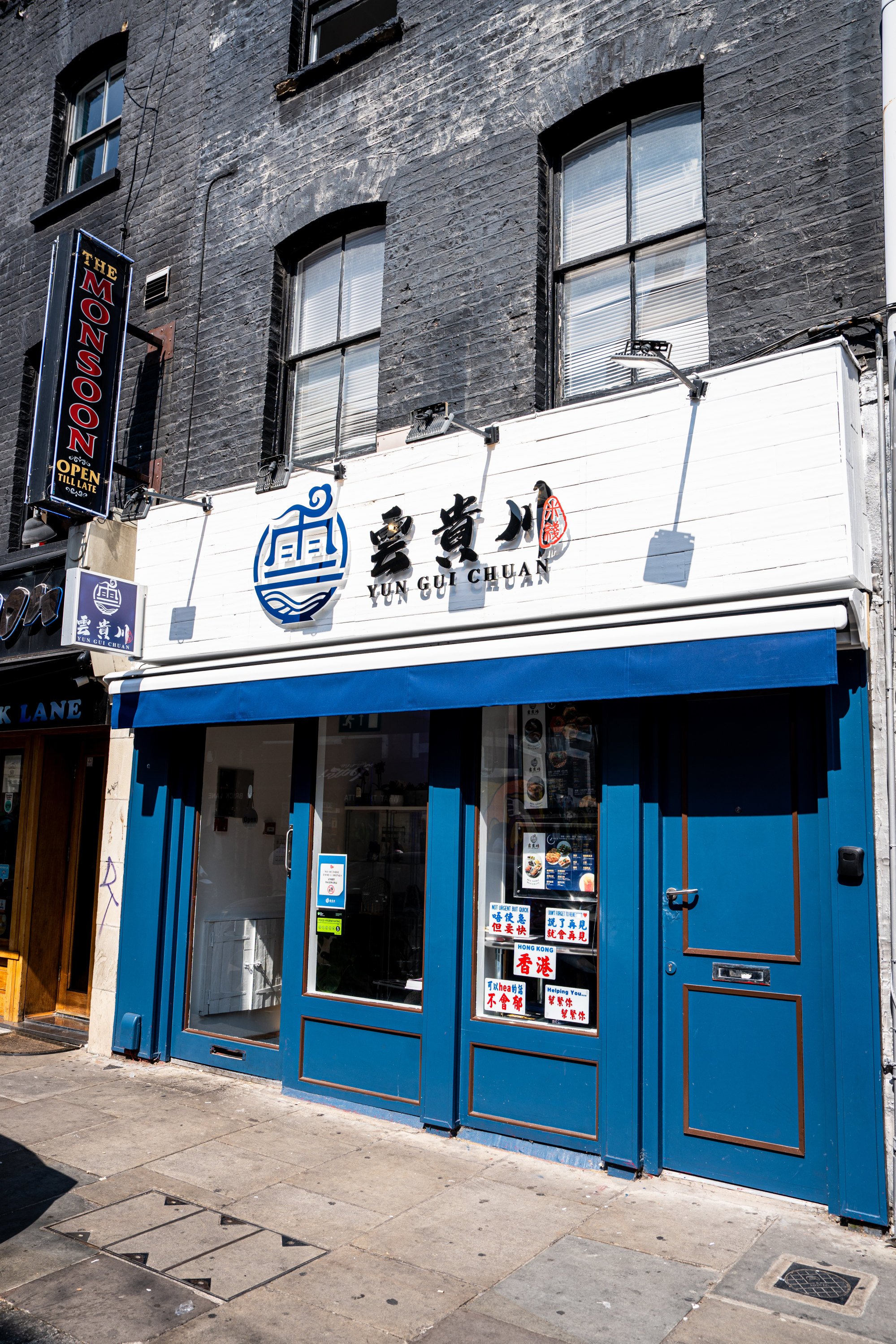
Business has been picking up nationwide, especially the Hong Kong curry fish balls, Cantonese beef tendon and brisket, and steamed pork belly with salted vegetables – dishes that are “complicated to cook at home and cannot be found in your local Chinese restaurant”.
The new availability of typical Hong Kong dishes, either online or at restaurants or cafes, has, as Leong puts it, “enriched the culinary scene and provided more accessible dining choices for everyone”.

